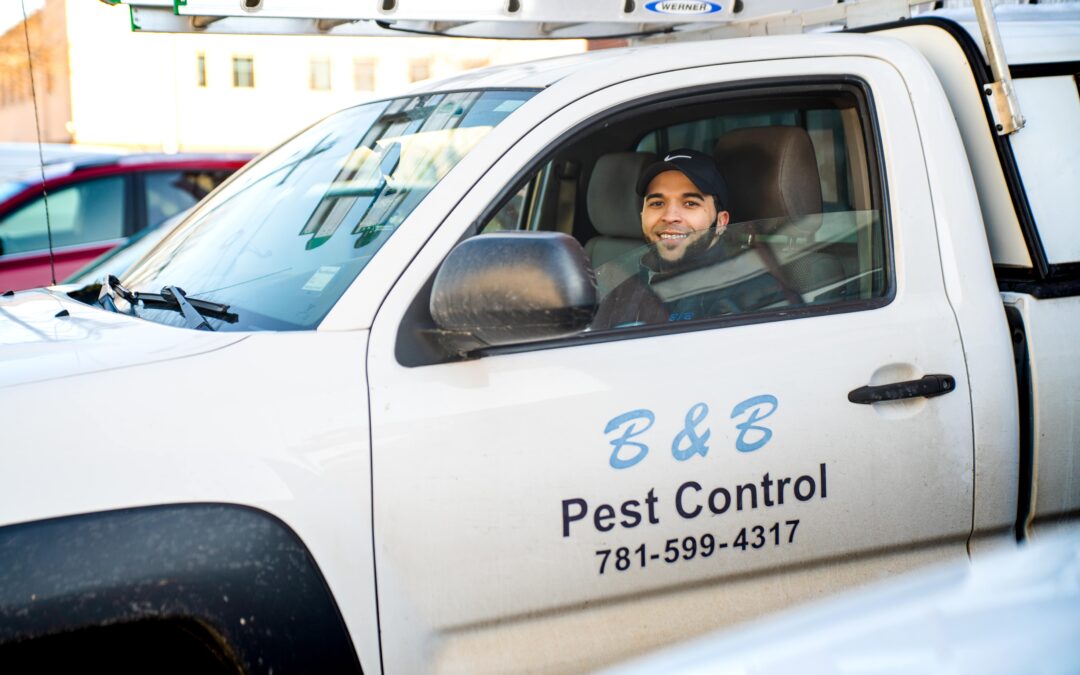Several termite species in the US infest homes in all US states, with the exception of Alaska where the year round climate is far too cold for the insects. Around 50 termite species have been documented in the country, but only a minority are pests of woodwork. Like virtually all insects, termites become progressively more abundant and species-diverse the farther south one travels in the US. However, this does not mean that termite infestations are uncommon in all northern regions.
Termite pest activity in the US is well represented by an official map that divides the country into four “regions” based on the relative frequency of termite infestations. Region one covers the Gulf Coast states where termite pest activity is classified as “very heavy,” while region four covers the northern half of Minnesota, most of South Dakota, and almost all of Montana where termite pest activity is classified as “none to slight.”
Surprisingly, Massachusetts is located within region two where termite pest activity is classified as “moderate to heavy,” which makes homes in the state more prone to subterranean termite infestations than homes located in northern Nevada, northern Colorado and most of Utah. Since Massachusetts is one of the most northern US states, even residents often assume that subterranean termite infestations must be rare in the state. However, Massachusetts is located in the same termite pest activity region where Arizona, New Mexico, and most of Texas are located. This is hard for many people to believe considering that the three above mentioned southern states are home to several termite pest species, while Massachusetts is home to only one termite species.
A major reason behind the high rate of subterranean termite infestations in Massachusetts has to do with the old outdated homes that were built in the state long before anti-termite building codes were enacted nationwide. Most homes built in the more recently urbanized southwestern areas were constructed well after these building codes came into effect. This is why subterranean termites frequently establish heavy infestations in many historically notable homes in Massachusetts. Also, the official termite activity map only concerns subterranean termite infestations, and not dampwood and drywood termite infestations, both of which are common in the southwest, but are absent from Massachusetts.
While termite infestations are certainly more common in the southwest than in the northeast, the latter still sees the highest termite infestation rates of all northern US regions. Because of this, pest control professionals strongly recommend that Massachusetts homeowners have their homes inspected for subterranean termite infestations and damage at least once per year.
Have you ever spotted termite-damaged structural wood within or on your home?

